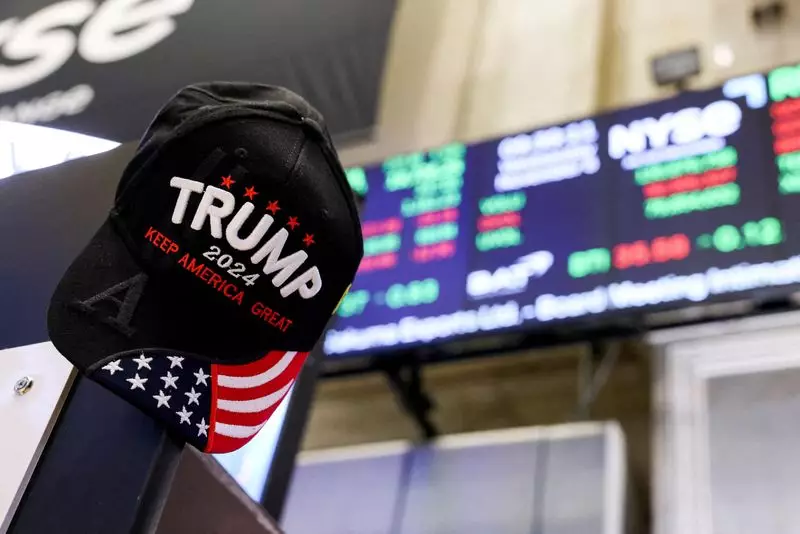In a notable boost to investor confidence, Wall Street’s major indexes experienced significant gains on a recent Monday, effectively marking a fresh chapter for the markets. Among these developments, the small-cap Russell 2000 index surged to a historic peak, underscoring a growing optimism regarding the potential for economic stability and reform following Scott Bessent’s nomination as U.S. Treasury Secretary. Market analysts have linked this nomination directly to a decrease in bond yields—an outcome that is often viewed as a positive signal for investors. The choice of Bessent, announced late on a Friday, has been met with considerable interest, particularly as it aligns with discussions surrounding fiscal policy and state spending.
Market movements were also shaped by international circumstances, notably discussions on a ceasefire deal between Israel and Lebanon. Such geopolitical developments can have far-reaching effects, especially in the realm of commodities like oil, whose price decrease subsequently put downward pressure on the Energy sector index, which fell by 2%. This interconnectedness of global events and domestic market performance illustrates the complex nature of today’s economic landscape, where any significant international news can lead to rapid fluctuations in local markets.
As President-elect Donald Trump’s administration prepares to take the reins, investors are keenly focused on fiscal policies and trade agreements. Notably, Scott Bessent’s nomination has alleviated some anxiety surrounding increased government borrowing and potential tariffs that could have taken effect under the previous administration. James Reilly, a senior market economist, pointed out that Bessent’s appointment addresses essential fiscal concerns while shifting the focus toward tariff policy—demonstrating a significant transition in market sentiment. This shift has been crucial as it has helped temper fears previously heightened during the election phase.
Reflecting this shift in sentiments, the S&P 500 closed higher with a modest gain of 0.30%, while other indexes like the Nasdaq Composite and the Dow Jones Industrial Average also posted positive returns. The advances on the New York Stock Exchange (NYSE) were notably robust, with a clear majority of stocks advancing compared to those declining—indicating an overall bullish market sentiment. This positive outlook was further emphasized by the notable performance of small-cap stocks, which are often viewed as barometers of domestic economic health and investor confidence.
In a broader context, declining Treasury yields translated into gains for interest-sensitive sectors such as Real Estate, marking a significant recovery for stocks in this category. The housing index surged by over 4.5%, showcasing the resilience and attractiveness of real estate investments in a climate of reduced interest rates. This performance was echoed in the Consumer Discretionary sector, where major players like Amazon saw notable increases—pointing to a robust consumer demand and positive economic activity leading into the holiday season.
As the market processed these trends, cautious optimism remained. Concerns linger around inflationary pressures that could influence the Federal Reserve’s trajectory regarding interest rates. The investment community is divided on the future course of rate adjustments, with some speculating on potential cuts while others advise caution due to possible inflation spikes. Events such as the upcoming Personal Consumption Expenditure report will be critical in shaping market expectations and guiding investor sentiment.
As we navigate these evolving market dynamics, it is evident that political appointments, global developments, and economic indicators play a collective role in shaping investor outlooks. As U.S. markets brace for what the incoming administration may herald, keen observation and strategic planning will be essential for investors seeking to optimize their positions in an unpredictable economic climate. The combination of resilient sectors and cautious optimism sets the stage for a potentially transformative period in the markets. The interplay of these various factors will continue to define financial landscapes in the months ahead.

